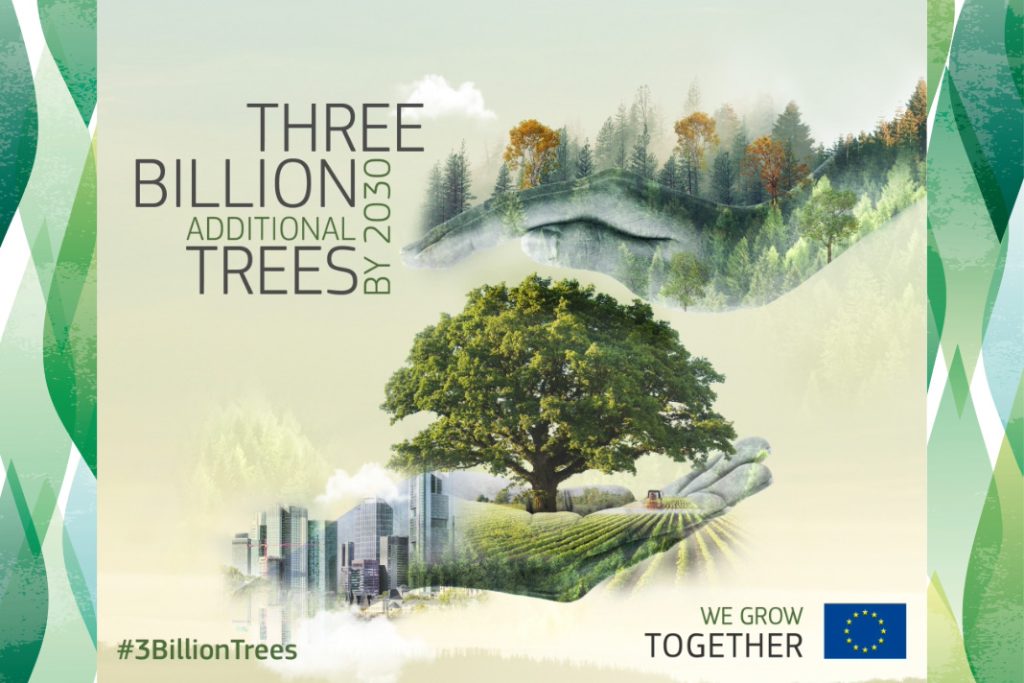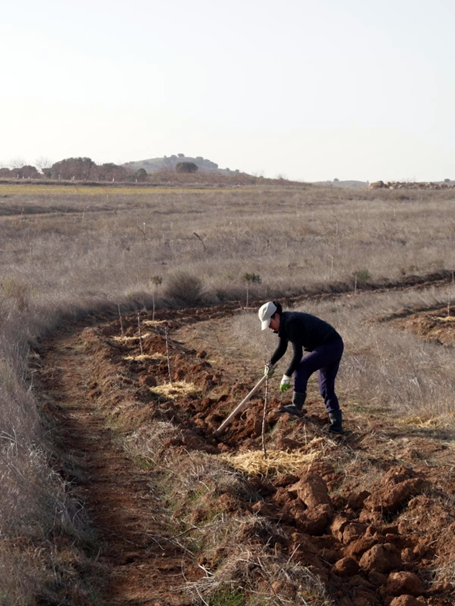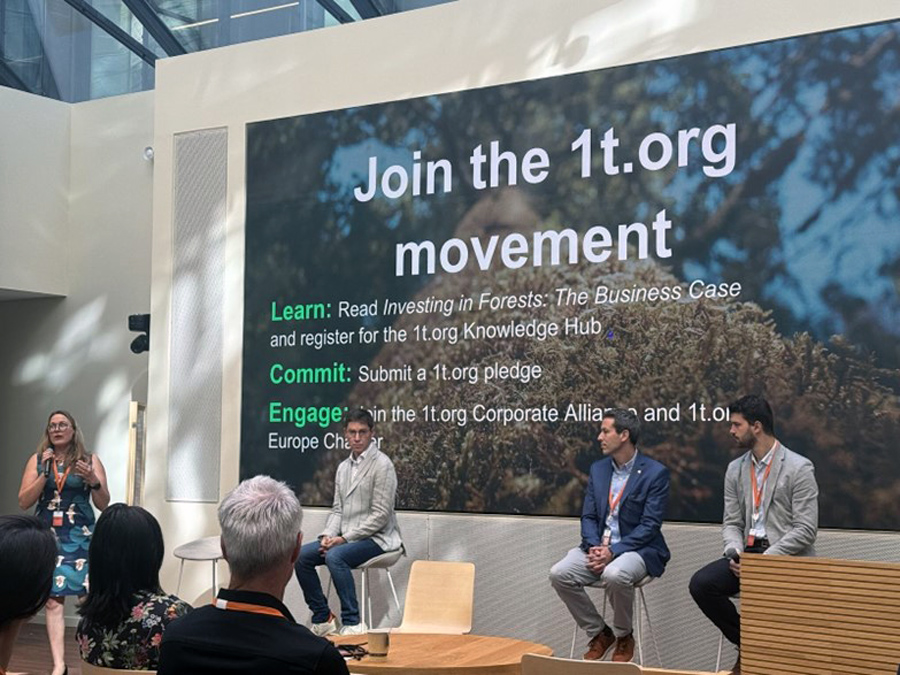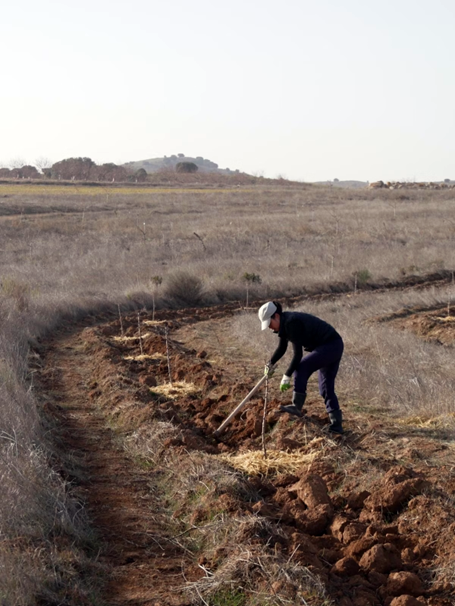
As part of the ambitious ‘EU Forest Strategy for 2030’, the European Commission has set a target to plant an additional 3 billion trees across Europe by 2030. This initiative aims to combat biodiversity loss while advancing climate mitigation and adaptation efforts. However, this goal poses a significant challenge—trees counted towards this target should not include those from planned afforestation or agroforestation activities already undertaken by Member States. Three years on from the launch of this pledge, what progress has been made in the Mediterranean Member States of the EU? Which are the players ‘carrying the torch’?
A recent analysis by the European Agroforestry Federation (EURAF), utilising the ‘MapMyTree’ counter, indicates that most activities in the Mediterranean have predominantly centred on afforestation or reforestation, while the advancement of agroforestation (i.e. establishment of new agroforestry systems – see EURAF’s typology for agroforestry translated into more than 20 languages) remains modest. Nevertheless, several ‘agroforestry champions’ have emerged, showcasing remarkable achievements in the number of trees planted on agricultural land as well as the scale of their planting activities.
Success Stories

Life Terra
At the forefront of the MapMyTree rankings, Life Terra has established itself as a leader in tree planting within the Mediterranean region, accounting for nearly 40% of the total trees planted on non-forest land. Co-funded by the EU’s Life programme, Life Terra is actively involved in agroforestry projects across Southern Europe, employing innovative approaches such as ‘Dynamic Succession’ and ‘Miyawaki Forest’ principles in Portugal, and developing the Camp Altiplano agroforest in Spain, alongside the Vitiforestry project in Italy.
Sven Kallen, Founder and Secretary of the Life Terra Foundation, states: “Through our projects across Southern Europe, we are transforming degraded lands into thriving ecosystems, proving that agroforestry can heal both the earth and our communities. We are also developing payment for ecosystem services so that farmers share in the benefits and can transition faster.”
Reforest’Action
Following closely behind, Reforest’Action ranks second in the tree planting efforts, with initiatives spanning from the Iberian Peninsula to Poland. Established in 2010, this French-based organisation has planted over 26 million trees across Europe and beyond, positioning itself as a leader in tree planting. One of its more recent focuses is vitiforestry, with ongoing projects in Champagne, both within and outside the Maison Ruinart value chain.
Thibaud Poulain, Head of Temperate Forests at Reforest’Action, emphasises the interconnectedness of landscapes: “Forests, vineyards, vines, and plains are linked to a coherent whole conducive to landscape regeneration. In this spirit, our practice of tailor-made agroforestry project design enables us to adapt to each context—local, social, economic, or environmental—to regenerate ecosystems.”
Reforest’Action also plays a pivotal role as the Secretariat Chair of the European Chapter of the World Economic Forum’s ‘1 trillion trees initiative’ (1t.org), which seeks to accelerate tree planting, conservation, restoration, and assisted natural regeneration efforts across Europe. EURAF is proud to contribute to the ‘Stakeholder Council’ of this initiative, offering technical and strategic guidance for future agroforestation projects.
Tillem Burlace, the 1t.org Europe/Africa Regional Lead, highlights the importance of collaboration: “Through multi-stakeholder action, including our collaboration with EURAF and other relevant EU stakeholders, we can unlock the potential of nature to heal our planet and sustain future generations.”

A Call to Action
Despite the commendable efforts of these organisations, the overall progress in the EU’s tree planting initiative has been modest. With approximately 22 million trees planted so far across Europe, it is crucial for regional and national stakeholders—such as authorities and for-profit institutions—to intensify their efforts in agroforestation. This is essential for bolstering landscape resilience across the Mediterranean and beyond.
Are you involved in tree-planting activities? Share your experiences and contribute to the growing movement by informing others about your work through the ‘MapMyTree’ platform. Together, we can strive towards achieving the ambitious goal of planting 3 billion trees in Europe by 2030.
Visit ResAlliance’s official website
This article was originally written by:
European Agroforestry Federation (EURAF)
The post Who are the champions of agroforestry tree planting in Europe? appeared first on Resilience Blog.
